When to visit adak
Learning About Adak's Unique Weather Environment
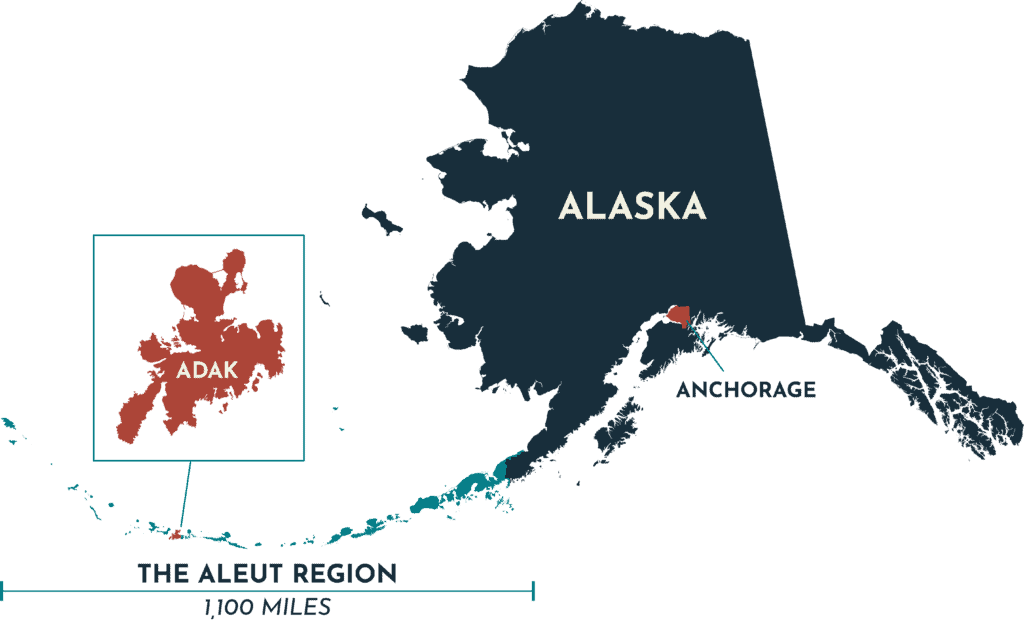
Dramatic in both topography and weather, Adak Island is a unique destination for the resourceful and independent traveler. Located near the western tip of the Aleutian Islands, Adak sits in the middle of the Bering Sea, some 1,200 miles from Anchorage, and carries the title of Alaska’s southernmost city. This distinction means that Adak experiences some interesting (and surprisingly consistent) weather patterns that also seem to fit well with the island’s notable geography.
Then, when is the best time to visit Adak?
Visitors need to understand and even embrace Adak’s wildness, from its windy rainstorms and craggy cliffs leading to its serene coves and the natural phenomena that created this unique island of Alaska. A bit of research into Adak’s environment can be helpful for those considering a trip to the island, and ensure proper preparation and gear are part of the equation.
Topography and Geology of Adak
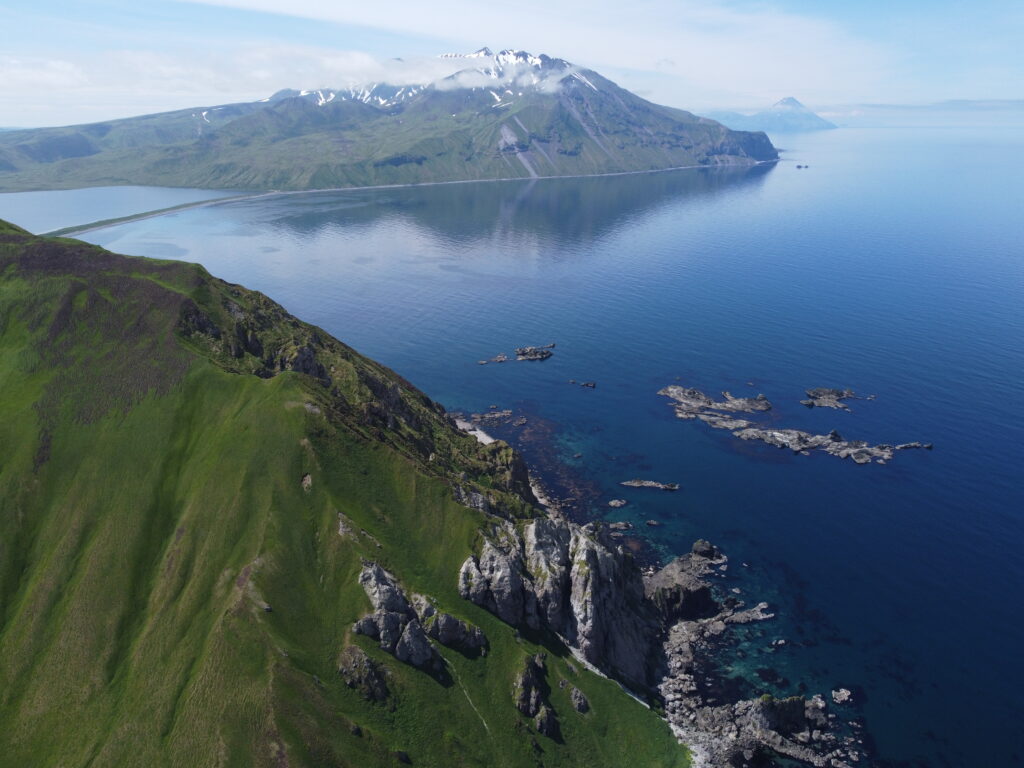
Adak Island, like the entire Aleutian chain, was formed millions of years ago by a series of geological processes and events that include the collision of Earth’s tectonic plates. Those clashes of plates caused volcanic eruptions (and still do today) that ultimately formed the Aleutian Islands and their unique surfaces.
Additionally, Adak’s wild weather further shapes its landscapes. Strong southeasterly or northwesterly winds constantly batter Adak during the winter months, and high seas roar into the beaches and against cliffs, eroding soil and creating new natural formations all around the island. There are few truly level areas on Adak, with the entire island a mosaic of hills, valleys, and low floodplains. Adak’s highest point is Mt. Moffett at just under 4,000 feet in elevation, and some coastal cliffs reach 2,500 feet above sea level.
These steep slopes also continue under the water, with off-shore depths reaching 132 feet within the protected harbor of Sweeper Cove near downtown Adak. Ice-free in the winter, Adak has also historically proven itself to be navigable year-round, albeit with substantial wave and swell action beyond the protected bays and harbors. Interestingly enough, with shallow surface soils, there is little groundwater available for use by Adak’s handful of residents. During its heyday as a military base, potable water was sourced from Lake Bonnie Rose, where a dam was constructed in 1943 and still provides water for the city of Adak.
What is the weather like in Adak?
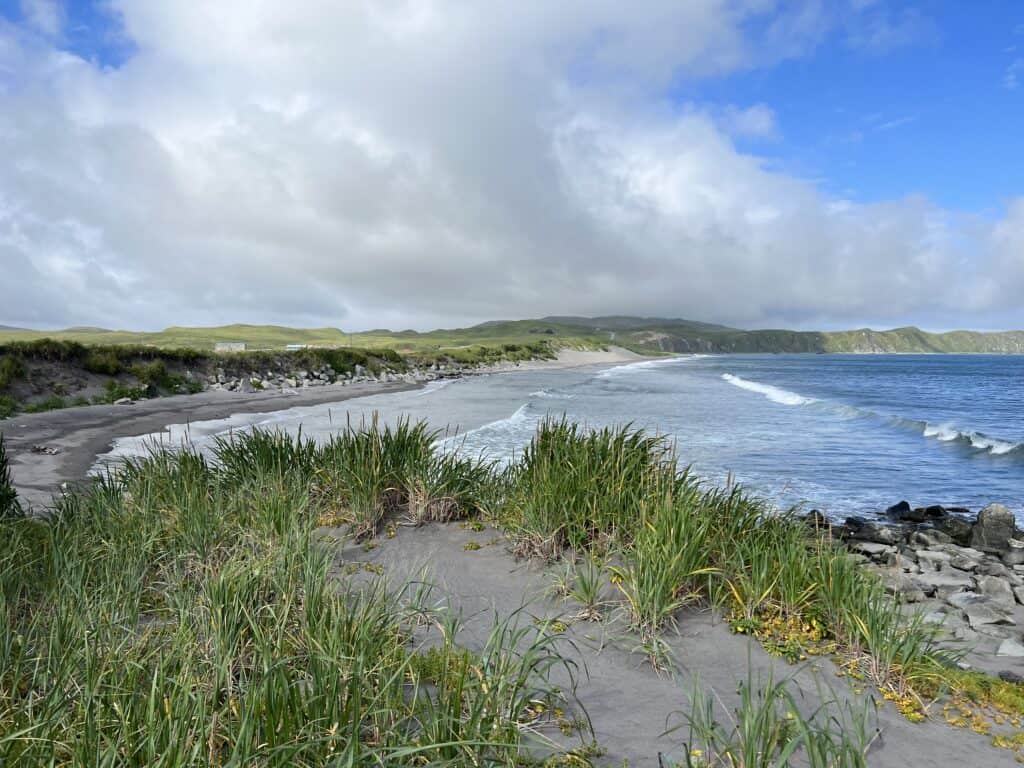 A maritime climate, the best descriptor for Adak’s weather would be ‘wet,’ although there are some times of the year when rainfall does drop significantly. That said, visitors to Adak should understand that Adak’s uniqueness is in part defined by its weather, and seasonal conditions are all part of the overall experience for anyone traveling there.
A maritime climate, the best descriptor for Adak’s weather would be ‘wet,’ although there are some times of the year when rainfall does drop significantly. That said, visitors to Adak should understand that Adak’s uniqueness is in part defined by its weather, and seasonal conditions are all part of the overall experience for anyone traveling there.
Characterized by an interesting weather pattern called the “Aleutian Low”, Adak and the rest of the Aleutian Islands see frequent shifts from high to low pressure, often accompanied by strong westerly winds. Winter months are particularly violent as warmer water from the Pacific Ocean collides with the colder Bering Sea, with the Aleutians in the middle. During these stormy months, skies are constantly overcast or rainy, winds batter the land, and sometimes wet, heavy snow covers the island in thick blankets of white.
Most of the precipitation falling upon Adak Island comes in the form of rain, with annual amounts of around 54 inches. The summer months receive the fewest amounts of precipitation, with as little as three inches in July. When the sun does come out, however, Adak’s southerly location allows for a lovely outdoor experience.
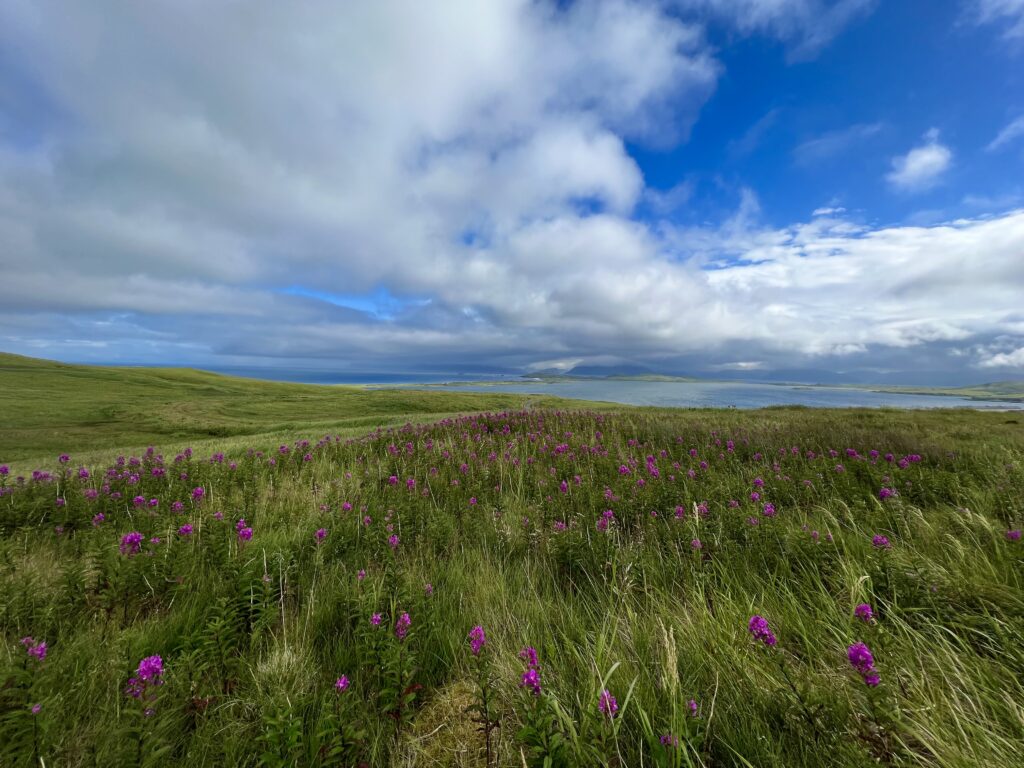
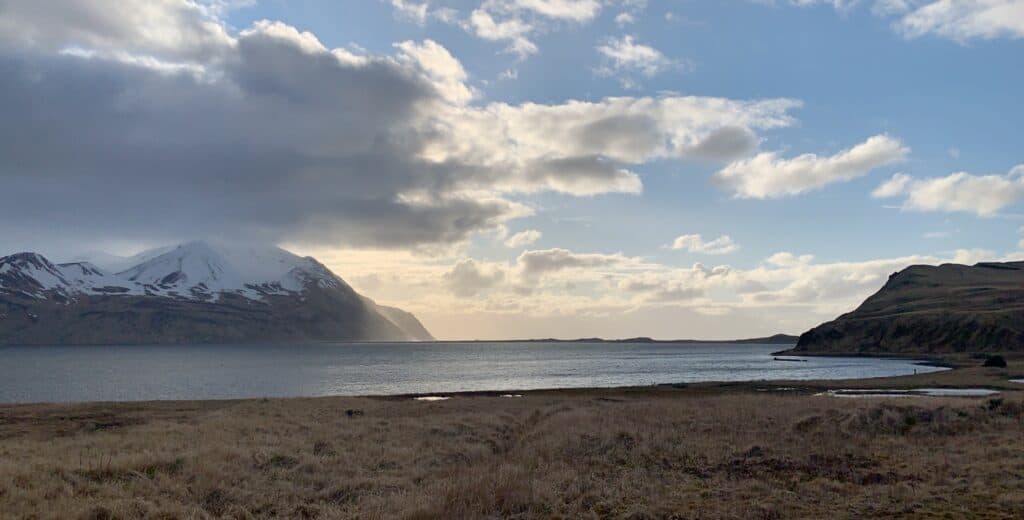
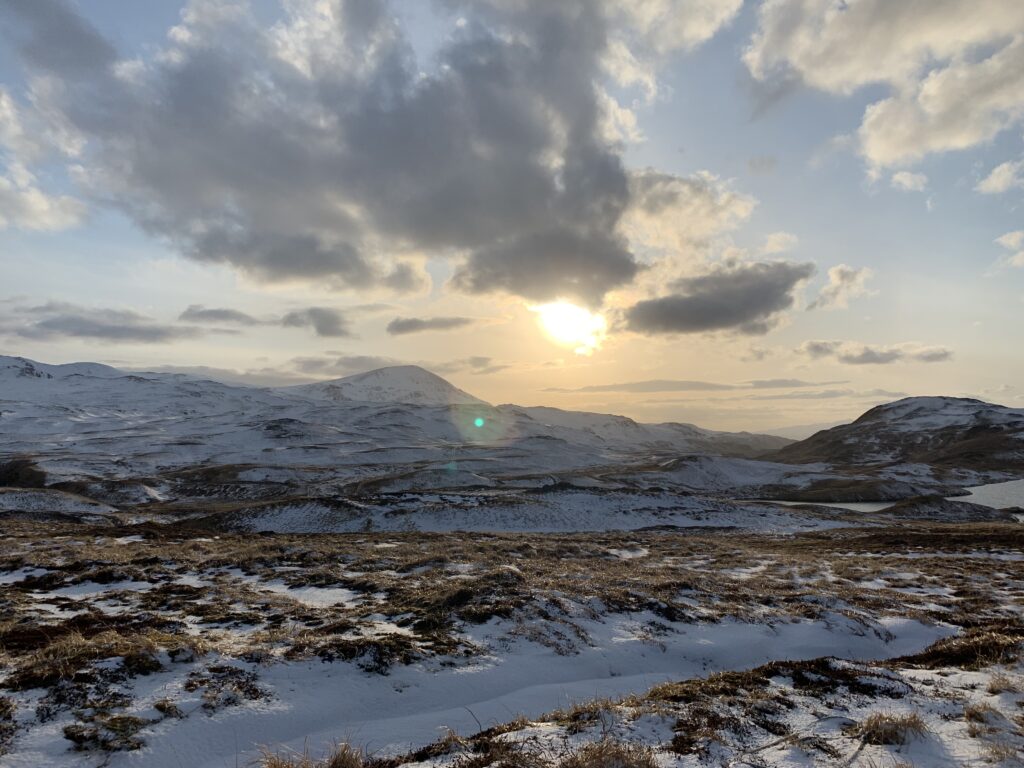
How cold does it get in Adak?
The summer months between June and September are a bit milder, storm-wise, but still, the wind is present, reaching upwards of 50 knots some days. Fog can lower visibility in some areas while clear skies prevail in others. It’s a manic set of weather patterns on Adak, so travelers should be prepared for anything at any time during their visit.
Temperatures are fairly consistent on Adak, with summertime conditions ranging from the low 40s F at night to a high in the mid-50s F during the day. The highest temperature ever recorded on Adak was in 1956, when 75F was reached, surely causing a flurry of outdoor activities by excited residents, most of whom were military service members and their families.
When is the best time to visit Adak?
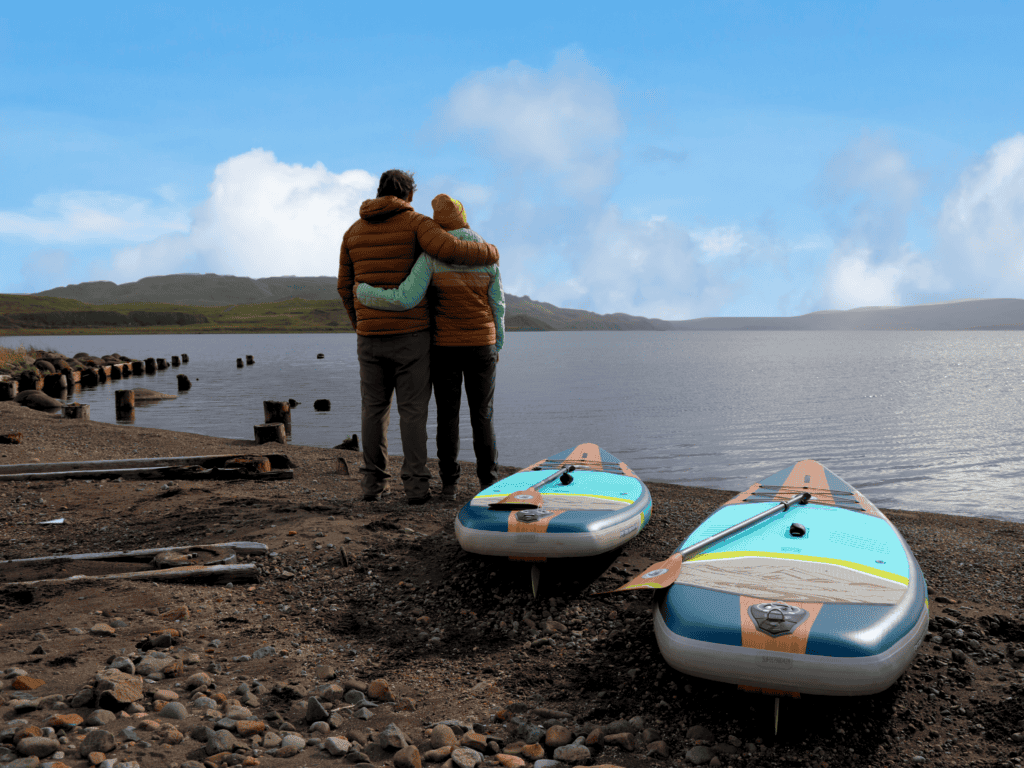 Consider Summer for the most diverse activities!
Consider Summer for the most diverse activities!
To maximize time spent outdoors on Adak, most visitors are encouraged to travel to the island over the mid-summer months of July and August, when temperatures are at their highest.
Summer is also the least likely time to be “weathered in” at the Adak Airport due to adverse environmental conditions (although as mentioned in a previous post, it’s never a guarantee!).
September can also be a beautiful month to visit, with early autumn conditions swinging between rain or sunshine, and a shift in color of Adak’s grassy hillsides and mountaintops.
Aleut Ventures offers lodging at Adak Island Inn throughout the summer months, with ample access to activities like hiking, e-bike rentals, fishing gear, and even stand-up paddle boards available to guests.
Bonus: Birdwatching in Adak
Adak is a Birder's Paradise
With a geographic location along migratory routes of birds from Eurasia, Adak has become one of the most popular destinations for birdwatchers who don’t seem to mind the wild weather and rougher conditions. As part of the Alaska Maritime Wildlife Refuge, Adak’s protected coastlines and inland habitats are perfect for seabirds like outlets, murrelets, and albatrosses, among other species.
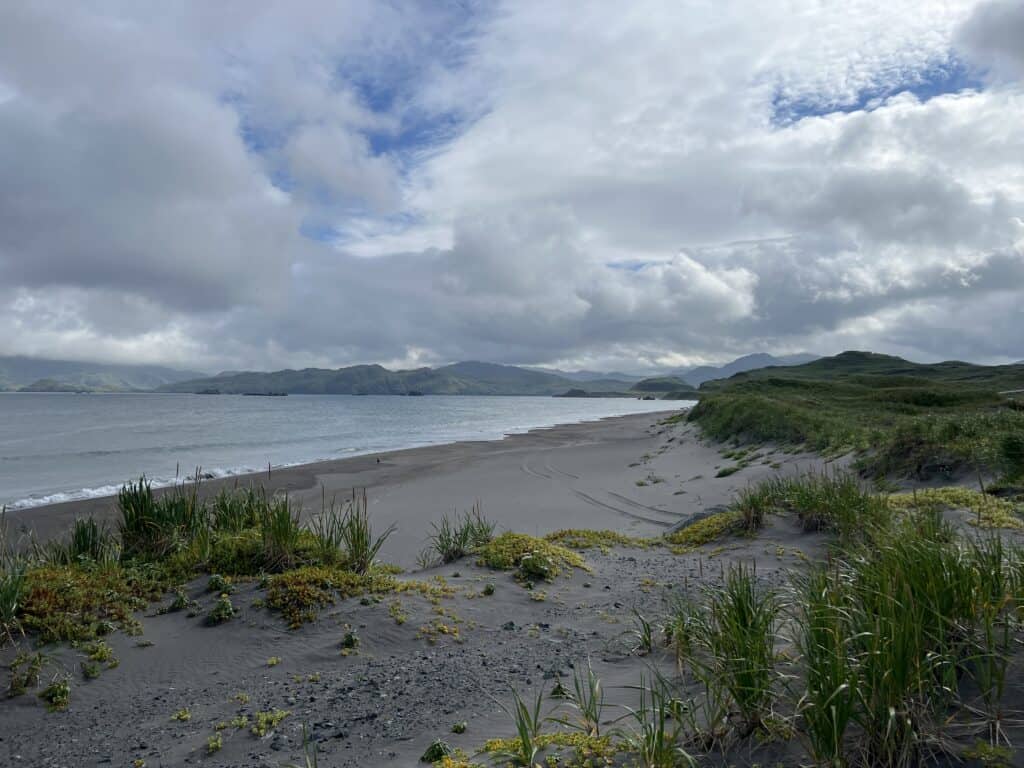 Birdwatching begins in late May but peaks in June, and then again in September, when migratory species travel to and from their overwintering and nesting grounds across the globe.
Birdwatching begins in late May but peaks in June, and then again in September, when migratory species travel to and from their overwintering and nesting grounds across the globe.
Birdwatchers should always remember to pay heed to Adak’s closed areas for safety, and be sure to secure a land use permit from Aleut before venturing around the island. Bring a camera, binoculars, and a backpack filled with water, extra clothing, snacks, and a first aid kit.
Adak may be a wild and remote location for your next vacation, but its rugged environment and unique weather patterns are all part of the experience. Visitors who arrive prepared for any situation are more likely to become immersed in the true character of Adak, its terrain, climate, and natural wonders.

want to learn more?
Visit Venturing Beyond, our Adak blog, learn more about the Land Use Permit, or view Adak maps at the buttons below.

